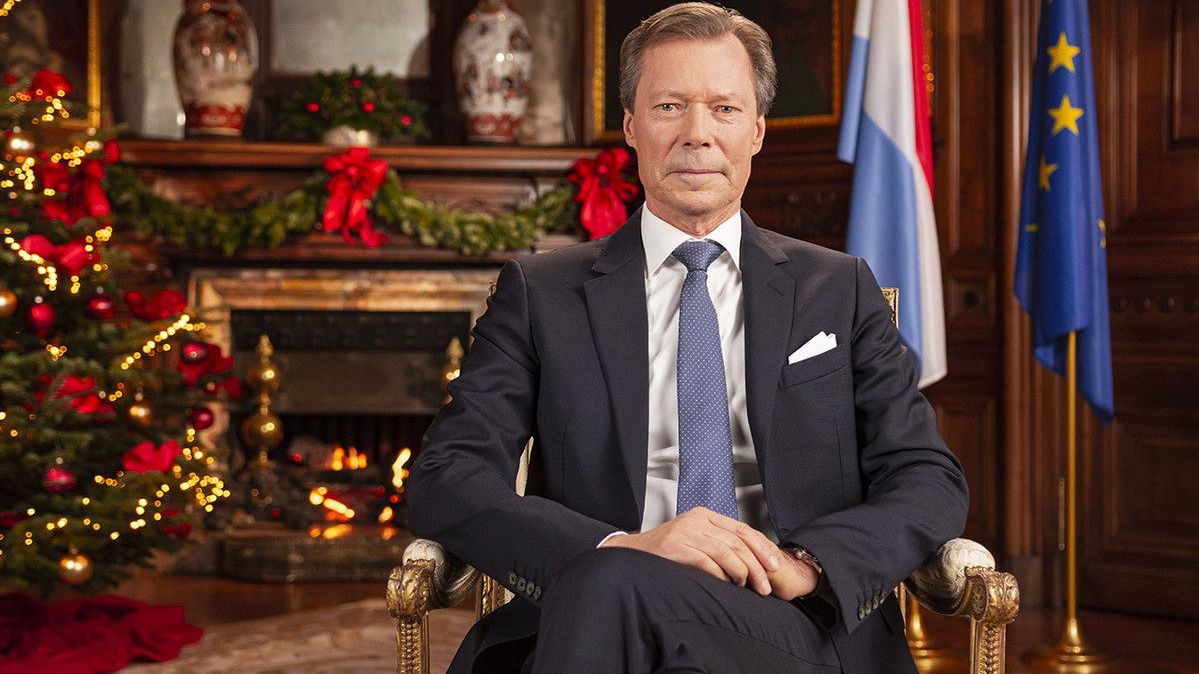
Lifestyle -- 21 hours ago

As David Remnick, editor of the New Yorker recently remarked in a podcast exploring King Charles’ forthcoming coronation, the idea of a constitutional monarchy in 2023 seems somewhat out of step with modern thinking. At a time when distrust in traditional seats of power is growing, installing a guy in fancy robes on a throne may seem a bit odd – no matter how much we may enjoy watching The Crown.
Discover the perks of being a member
| Clubhouse Membership | |
|---|---|
| Two Magazines per yearDelivered to your door | |
| Full Access to Paywall contentAccess to all member-only online features | |
| Membership Cardto redeem all the perks. | |
| Members Invites to Exclusive Eventsto private Clubhouse events | |
| Weekly newsletter Straight to your inbox | |
To receive the latest in style, watches, cars and luxury news, plus receive great offers from the world’s greatest brands every Friday.
